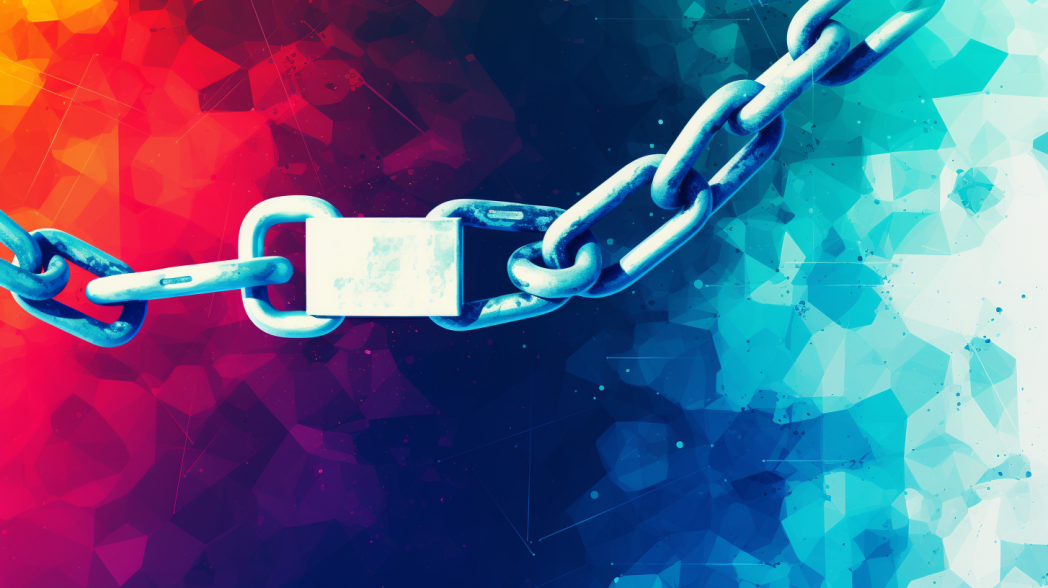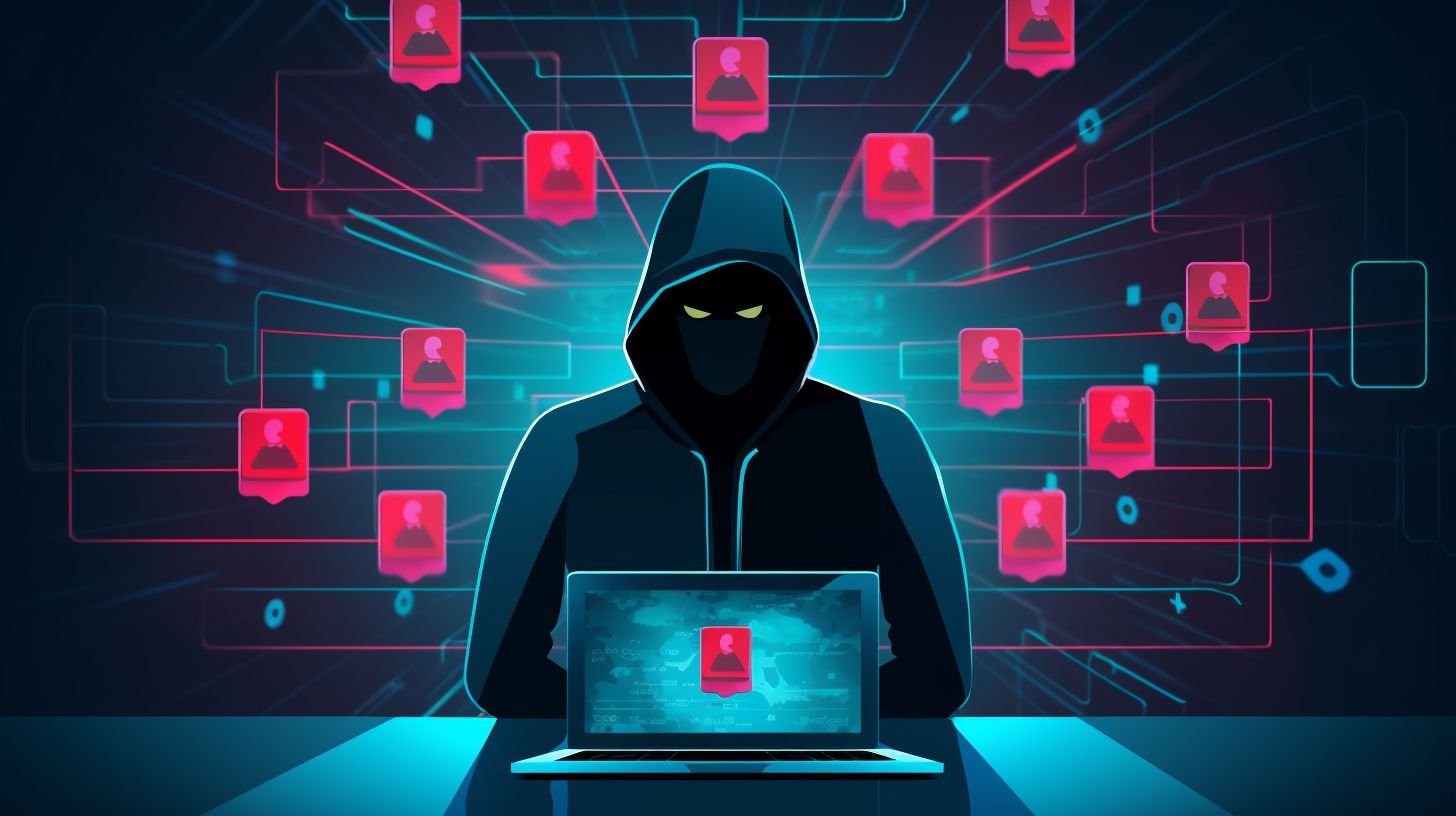Protecting Your Retirement Savings From Fraud

Key Takeaways
- Retirement savings fraud is a real risk, with hackers using tricks like email spoofing and offering “great” investment opportunities that sound too good to be true.
- It’s important to recognize warning signs of financial exploitation, such as strange withdrawals, requests for money that seem too good to be true, and deals that are hard to trace or verify.
- To safeguard your retirement savings from fraud, ensure online access to your account, use strong passwords and multi-factor authentication, employ account and identity monitoring services, establish a trusted contact person, avoid sharing account information over phone/email/texts, and don’t use public Wi-Fi when accessing your accounts.
Understanding the Risk of Retirement Savings Fraud
 It’s important to know that retirement savings fraud is a real risk. Hackers now aim more at our retirement accounts. They have smart ways to steal and cheat. For instance, email spoofing schemes are one tool they use often. This trick can fool us into giving them our personal data or banking details. Investment fraud is another big danger for our retirement money. Some people may tell us about “great” investment chances that seem too good to be true. Yet when we try to check these deals, it gets hard and confusing. We need not fall into this trap! It’s wise to doubt if someone says they guarantee high returns without any risks involved with their scheme!
It’s important to know that retirement savings fraud is a real risk. Hackers now aim more at our retirement accounts. They have smart ways to steal and cheat. For instance, email spoofing schemes are one tool they use often. This trick can fool us into giving them our personal data or banking details. Investment fraud is another big danger for our retirement money. Some people may tell us about “great” investment chances that seem too good to be true. Yet when we try to check these deals, it gets hard and confusing. We need not fall into this trap! It’s wise to doubt if someone says they guarantee high returns without any risks involved with their scheme!Recognizing the Warning Signs of Financial Exploitation
 It’s key to know the signs of financial hurt. Here are some things to watch for:
It’s key to know the signs of financial hurt. Here are some things to watch for:- You see strange withdrawals from your accounts.
- Your address, phone number, or email changes without you knowing.
- You get requests for money that sound too good to be true.
- Hackers use fake emails to trick you into giving them information.
- The deals or plans are hard to look into or trace back.
- There is rush for you to act quick on an offer.
Common Scams Targeting Retirement Savings
 Be careful of scams that target your retirement funds. Here are some you should know:
Be careful of scams that target your retirement funds. Here are some you should know:- Online shopping scams: Always double-check before buying online as some deals are too good to be true.
- Zelle scam: Money sent through this app is hard to get back if the other party is a scammer.
- Bed, Bath & Beyond Clearance scams: Watch out for fake clearance sales from well-known stores.
- Grandparent scam: Scammers pretend to be a grandchild in trouble needing money.
- Government impersonation scams: Watch out for fake government officials asking for fees or fines.
- Romance scams: Be careful about giving money to someone you met online and have never met in person.
- Tech support scams: Never give remote access to your computer to anyone claiming they need to fix it.
- Inheritance or prize winning scams: If you didn’t enter a contest, you can’t win it.
How to Safeguard Your Retirement Savings
 To protect your retirement savings, it is crucial to take proactive steps such as ensuring online access to your account, implementing a strong account password, utilizing multi-factor authentication, employing account and identity monitoring services, establishing a trusted contact, avoiding sharing account information over phone, email or text, and staying away from public Wi-Fi when accessing your account.
To protect your retirement savings, it is crucial to take proactive steps such as ensuring online access to your account, implementing a strong account password, utilizing multi-factor authentication, employing account and identity monitoring services, establishing a trusted contact, avoiding sharing account information over phone, email or text, and staying away from public Wi-Fi when accessing your account.Ensuring Online Access to Your Account
Always have online access to your retirement account. This lets you check your savings whenever you want. Seeing all actions in the past helps spot any odd things. If money is gone or contact details change, those may be signs of fraud. Hackers use tricks like email spoofing to cheat people and take their money. Keep a sharp eye on your account can help stop these bad guys quicker.Implementing a Strong Account Password
To protect your retirement savings from fraud, it’s important to implement a strong account password. A strong password should be unique and include a combination of letters (both uppercase and lowercase), numbers, and special characters. Avoid using easily guessable information like your name or birthdate. It’s also crucial to regularly change your password and not reuse the same password for multiple accounts. By having a strong account password, you can add an extra layer of security to help safeguard your retirement savings from cybercriminals trying to gain unauthorized access.Utilizing Multi-Factor Authentication
Multi-factor authentication is a crucial tool for protecting your retirement savings and personal information. It adds an extra layer of security by requiring multiple forms of identification before granting access to your account. With hackers becoming more sophisticated, using multi-factor authentication can help detect and prevent fraudulent activity in your retirement accounts. By implementing this security measure, it becomes harder for hackers to gain unauthorized access and make changes to your contact information or withdraw funds without your knowledge. IRA custodians also have a responsibility to implement multi-factor authentication measures to ensure the safety of their clients’ accounts and prevent identity theft. So, make sure you enable multi-factor authentication on all your retirement accounts for added protection against fraud.Employing Account and Identity Monitoring Services
To protect your retirement savings from fraud and exploitation, it’s important to employ account and identity monitoring services. These services can help keep a close eye on your accounts for any unusual or fraudulent activity. They will notify you if they detect any suspicious transactions, allowing you to take immediate action. By regularly monitoring your accounts and keeping an eye on your personal information, you can safeguard your hard-earned money and ensure a secure future. Remember that email spoofing schemes are common tactics used by cybercriminals, so these monitoring services provide an extra layer of protection against such threats. So, consider investing in these services to give yourself peace of mind when it comes to protecting your retirement savings.Establishing a Trusted Contact
It is crucial to establish a trusted contact when it comes to protecting your retirement savings from fraud. A trusted contact is someone you choose who can be informed if there are any concerns about your account or if suspicious activity is detected. This person can help protect you from potential scams and financial exploitation. By designating a trusted contact, you have an extra layer of protection to ensure that someone is looking out for your best interests. It’s important to choose someone who knows you well, understands your financial situation, and can act as a reliable advocate if needed.Avoiding Sharing Account Information Over Phone, Email, or Text
I always make sure to be careful when it comes to sharing my account information. Hackers are out there, and they can try to trick us into giving them our personal details. So I never share my account information over the phone, through email, or via text message. This helps protect me from falling victim to scams and fraud. I know that it’s important to keep my information safe and secure, so I stay vigilant and only provide my account details in a secure manner.Avoiding Public Wi-Fi to Access Your Account
When accessing your retirement account, it’s important to avoid using public Wi-Fi. Public Wi-Fi networks can be easily accessed by hackers and cybercriminals who may try to steal your personal information or gain unauthorized access to your account. When you connect to a public Wi-Fi network, you have no control over its security measures, making it more vulnerable to cyber attacks. By avoiding public Wi-Fi and instead using a secure internet connection, such as your mobile phone’s cellular data or a Personal Hotspot, you can help protect your retirement savings from potential fraudsters. It’s always better to prioritize the safety of your personal information by using trusted and secure networks when accessing sensitive financial accounts like your retirement savings.What to Do If You Suspect Financial Exploitation
 If you suspect financial exploitation, there are important steps you can take to protect yourself. First, contact your retirement plan administrator or financial institution right away and report the suspicious activity. They will guide you on what further actions to take. It’s also crucial to file a complaint with your state securities regulator, the Securities and Exchange Commission (SEC), or the Financial Industry Regulatory Authority (FINRA) if the fraud involves investments. These organizations have resources and expertise in handling these matters. Additionally, consider reaching out to law enforcement agencies such as the Federal Bureau of Investigation (FBI) or the Federal Trade Commission (FTC) if you believe a crime has been committed. They can investigate and potentially stop scammers from victimizing others. Remember not to hesitate when it comes to reporting suspicious activities. The sooner you act, the better chance of recovering any lost funds and stopping further exploitation by unscrupulous individuals. It is always wise to consult with a legal professional who specializes in elder law or an adult protective services agency for advice on how best to safeguard your finances against future exploitation.
If you suspect financial exploitation, there are important steps you can take to protect yourself. First, contact your retirement plan administrator or financial institution right away and report the suspicious activity. They will guide you on what further actions to take. It’s also crucial to file a complaint with your state securities regulator, the Securities and Exchange Commission (SEC), or the Financial Industry Regulatory Authority (FINRA) if the fraud involves investments. These organizations have resources and expertise in handling these matters. Additionally, consider reaching out to law enforcement agencies such as the Federal Bureau of Investigation (FBI) or the Federal Trade Commission (FTC) if you believe a crime has been committed. They can investigate and potentially stop scammers from victimizing others. Remember not to hesitate when it comes to reporting suspicious activities. The sooner you act, the better chance of recovering any lost funds and stopping further exploitation by unscrupulous individuals. It is always wise to consult with a legal professional who specializes in elder law or an adult protective services agency for advice on how best to safeguard your finances against future exploitation.How Can I Protect My Military Retirement Savings From Fraud?
When it comes to safeguarding military retirement essentials from fraud, precautions are crucial. Stay alert by monitoring financial statements regularly and report any suspicious activity immediately. Avoid sharing personal information over the phone or online unless it is with trusted entities. Keeping passwords secure and updating them frequently is also essential. Protecting your military retirement savings requires vigilance and proactive measures.
Conclusion
 In conclusion, protecting your retirement savings from fraud is essential. By understanding the risks, recognizing warning signs, and implementing safeguards like strong passwords and multi-factor authentication, you can safeguard your hard-earned money. Remember to stay vigilant and report any suspicious activities to protect your financial future. Don’t let scammers take away what you’ve worked so hard for – take action now to keep your retirement savings safe.
In conclusion, protecting your retirement savings from fraud is essential. By understanding the risks, recognizing warning signs, and implementing safeguards like strong passwords and multi-factor authentication, you can safeguard your hard-earned money. Remember to stay vigilant and report any suspicious activities to protect your financial future. Don’t let scammers take away what you’ve worked so hard for – take action now to keep your retirement savings safe.





